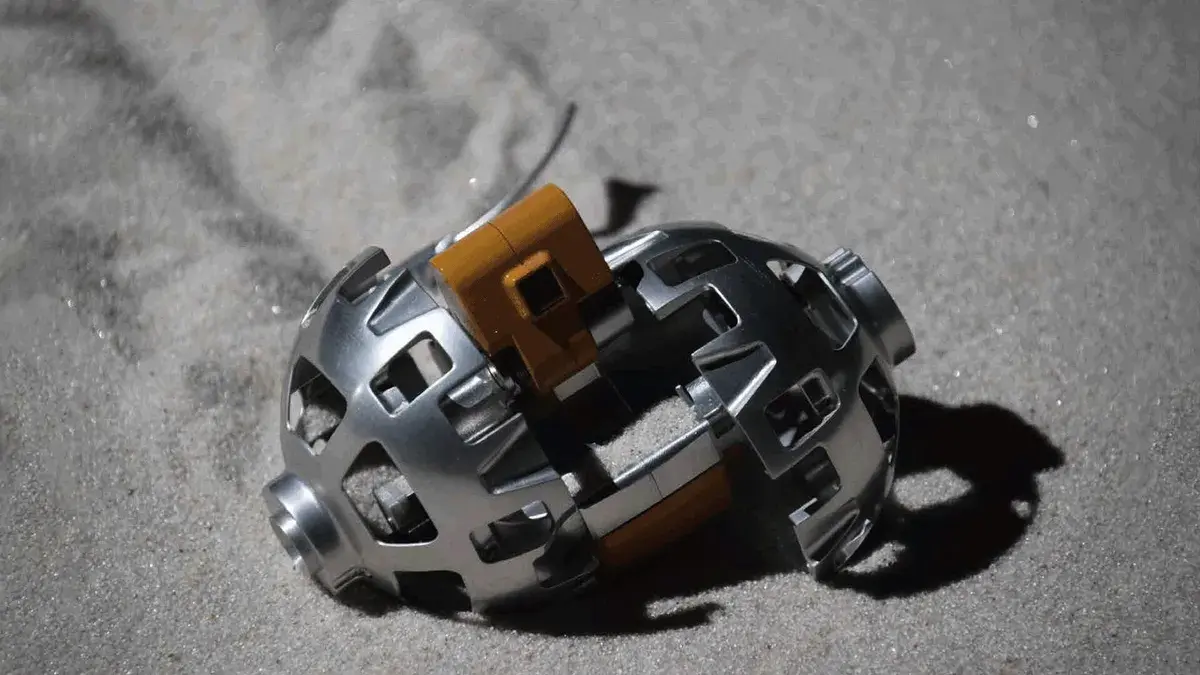“In the beginning there were surfers,” and when surfers were unable to surf because of rough oceans, skateboards were invented so “sidewalk surfers” could practice on dry land. The history of skateboarding has been one of starts and stops with huge waves of adoption, use, and innovation, followed by quiet lulls when skateboarding lay fallow. All expansions in the use of skateboards have come from improvements in technology, though of different types: most were due to new skateboard designs and materials, but a significant spark was provided when the industry’s most talented practitioners found themselves competing on ESPN, MTV, and others. This catapulted skateboarding into a “full time” year around sport with widespread competitions, the number of skateboarders reaching 10 million by the year 2000.
Up until 2005, most skateboards were still manufactured with wood cut into thin veneers, laminated together with glue and set to dry. Wheels were made with polyurethane plastic composite, a sand-like material, and formed into wheels with an adhesive binder under extreme pressure.
As the technology has progressed boards have become lighter, stronger, easier to control and more stunts have been invented. New materials and composites made of aluminum, nylon, XE glass, fiberglass, foam, and other artificial materials and in some cases, aluminum, brass, or other alloys are used.
Hydroflex Skateboards, Made By Surfers
Hydroflex Skateboards has been building high-end surfboards since the early 2000’s. The company relocated from Germany to their new headquarters in Oceanside, California in 2009. Hydroflex has a patented 3-D-Glassing Technology for building some of the strongest, most durable boards in the world used by top surfers including Josh Kerr, Brad Simpson and Clarissa Moore. Staying true to the history of surfing and skateboards, the company applied their high-tech surfboard manufacturing process to produce skateboards that are light, strong and waterproof.
Studies Show Hydroflex 600% Stronger Than Industry Average
Fiberglass skateboard decks are not something new. The inherent problem with previous fiberglass incarnations is that the decks couldn’t replicate the ‘pop’ of a maple deck. Secondly, fiberglass decks would suffer from delamination, where the fiberglass layers weaken and separate. Hydroflex has developed a high-tech manufacturing process call 3D-Glassing, which prevents the fiberglass layers from separating. In studies performed, Hydroflex have seen the new decks can withstand up to 600% more force in terms of delamination compared to standard lamination techniques.
Rich Ciesco of Hydroflex says “the 600% stronger applies to the peel test (delamination) in relation to fiberglass / foam core constructions. But the overall strength compared to maple decks is comparable.”
We now have a fiberglass deck that is worthy to compete with maple decks with the added benefits of being lighter, more durable and waterproof.
Hydroflex 3D-Glassing™ TECHNOLOGY
The essential part of the construction is the patented 3D-Glassing™ structure which is based on biomimicry principles. It multiplies the bonding surface and strength between resin, cloth and core. Fibers and resin are inserted into the foam, which act like roots of a tree. Both sides of the skatedecks are connected with fiberglass strings strongly bonding the two sides through the core.
The bond enables the construction to withstand the compression and tensional forces that a standard deck undergoes. Pop and motion are fully transferred through the deck making them very responsive. The bionic construction prevents the board from losing the flex and snap over time. Also because the boards are not made from multiple layers of wood just glued together, they will not warp or delaminate over time and are waterproof.
Three Skateboard Models
Hydroflex now offers three skateboards: Crilla Microcruiser, Beach Leach Mini-Cruiser and The Angler Longboard. For more information, visit: http://www.hydroflexskateboards.com. Join Hydroflex on Kickstarter, launch day is October 3rd, 2013






